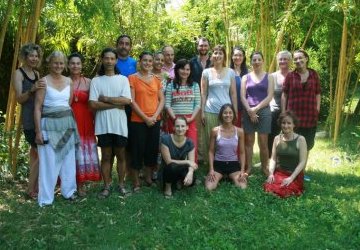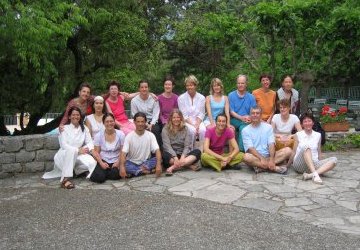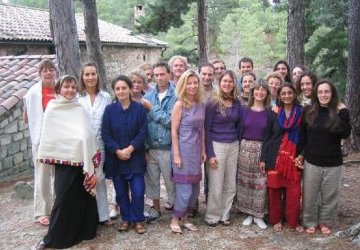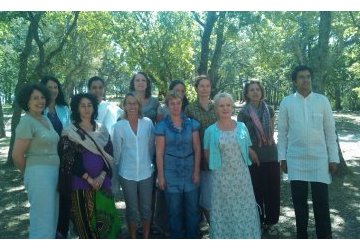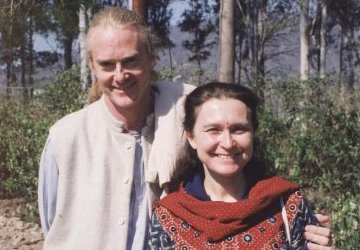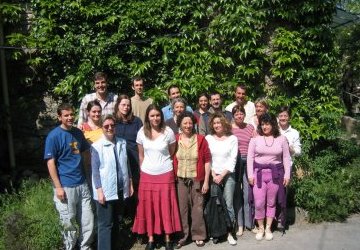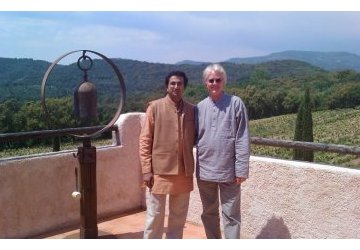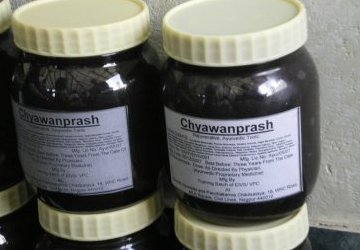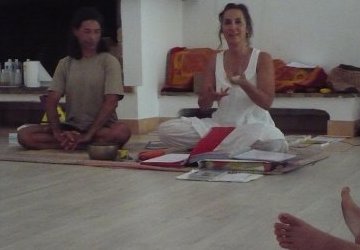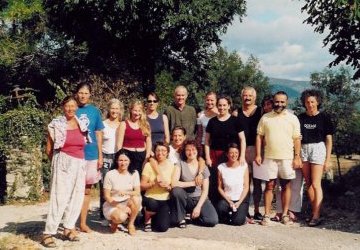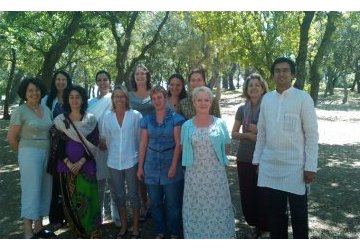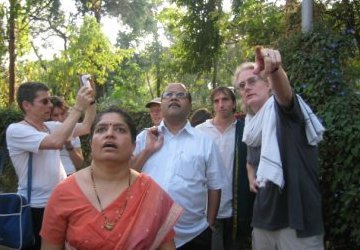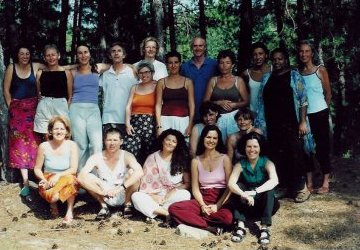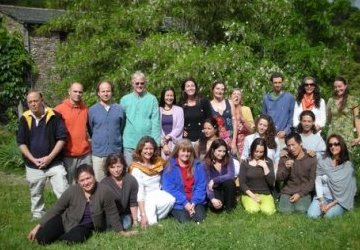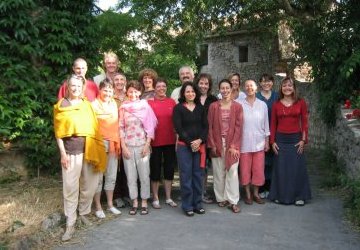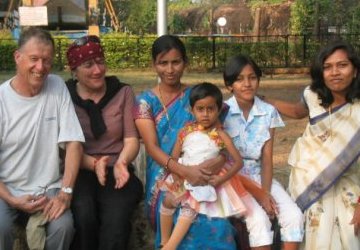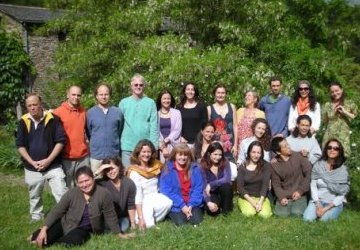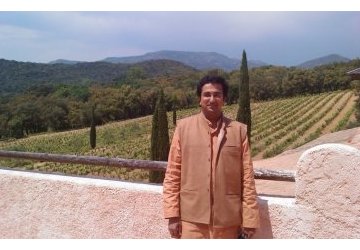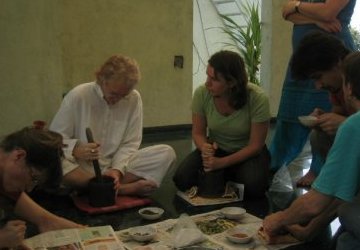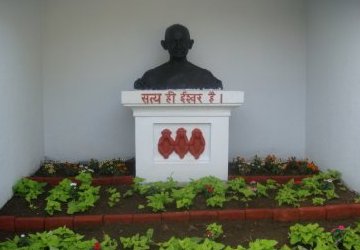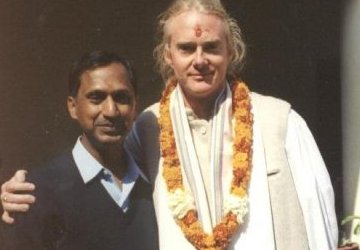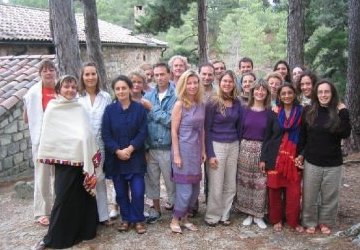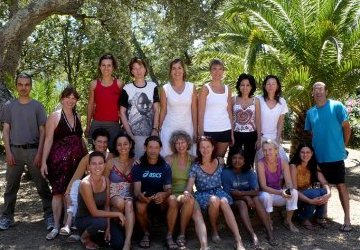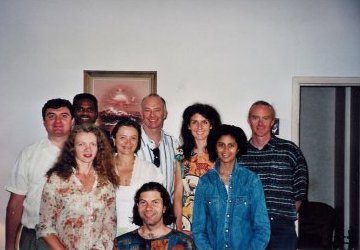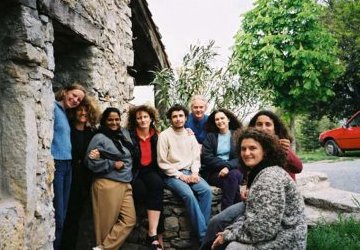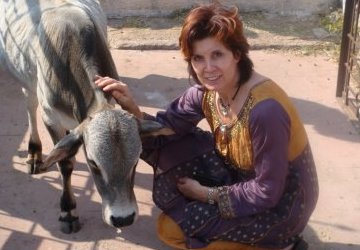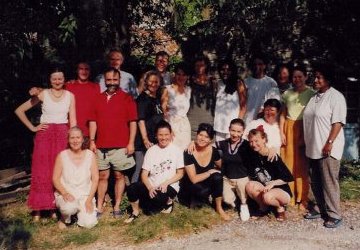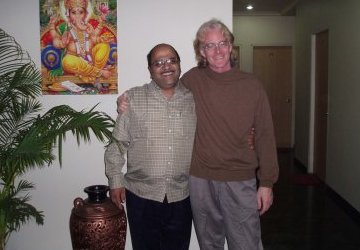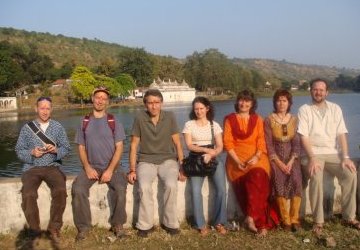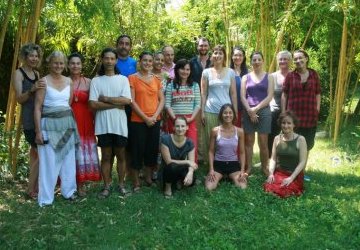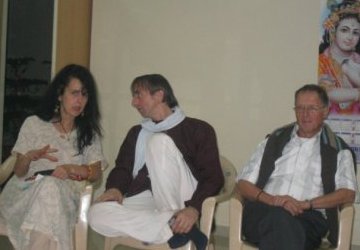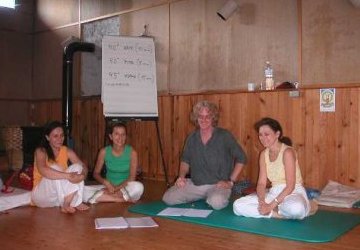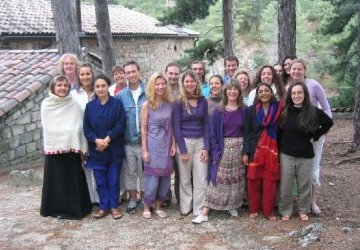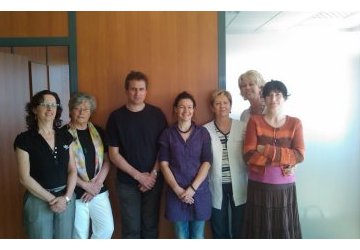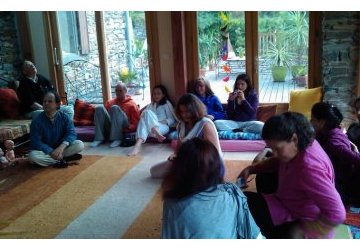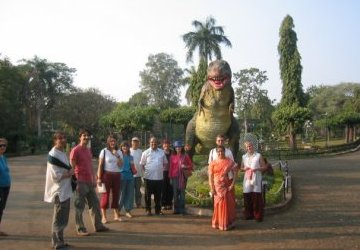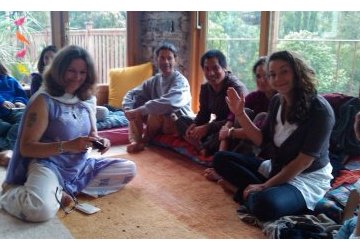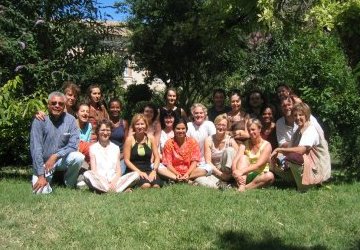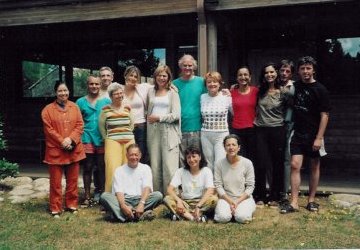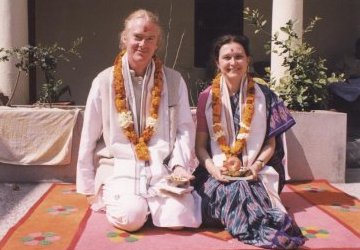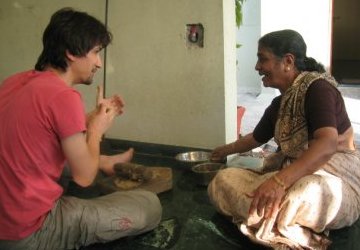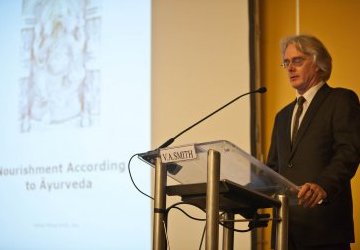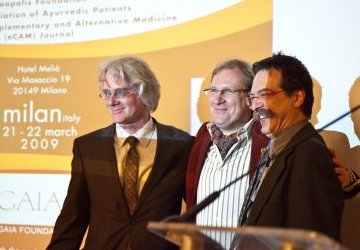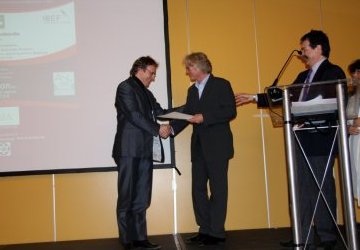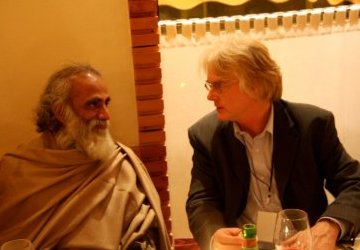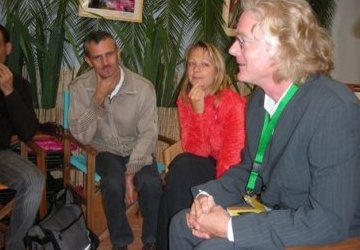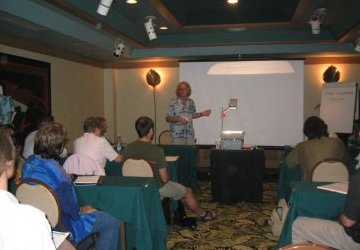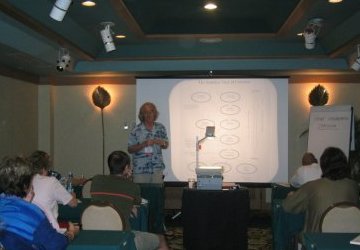Ayurvedic Nutition
It is now over ten years since my agent sold this manuscript for its first publication in 2001. The resulting first edition in July 2001 was in many ways extremely disappointing, even though the edition was truly beautifully done and it is always exciting to have a book published.
My primary disillusion was over the one-third of the manuscript that was cut out in editing, 80% of footnotes were removed and all Sanskrit terms were ‘translated’ – in other words the book was ‘dumbed down’ so it would make money. I became so disillusioned by the modern publishing industry that over the last ten years I have stopped writing books for the general public and instead have written three textbooks on Ayurvedic medicine for Western people.
I feel that this book does not need to be ‘dumbed down’ and that the public is sincerely searching for real information on nutrition that is not ‘fashion’ or ‘fad’ orientated. I also realized that I would rather write for one-percent of the population than for the public at large if I need to remove or water down the very information that will help them. I revised the manuscript in 2006 by re-inserting the original text and up-dating the text in general. I was ready to bring out an illegal edition due to the refusal of the first publisher to either give back the author’s rights or make the book available. Fortunately, my agent, Rosalie Segal, managed to have the rights returned to me in 2009 after six years of the original book being listed, but for all practicality, un-available. Since 2009 I have once again gone through modern studies for updates and changes for what I had written in 1998-1999.
Unsurprisingly, very little has really changed. There is some superficial satisfaction to say “I told you so”. However, that is much less satisfying than seeing what I wrote over ten years ago now becoming commonly accepted in both the media and public. The bottom line is still that, a balance diet based on plant foods, that respects seasons, environment and the individual eating them leads to good health.
The studies since 2000 have continued to show the same results as in the 1980’s and 1990’s. There are several noticeable differences however. People are getting sicker, fatter and so are our children. ‘Fashion’ diets are as popular as ever, even when they contradict science and common sense. In spite of all the evidence very little change from the government or the ‘health’ industry has occurred in changing the fundamentally wrong way in which people eat in developed economies.
The other notable difference in the 1990’s and the first ten years of 2000 has been the switch from enzyme based studies /medicines to genetic studies /medicines. In spite of the fact that studies often indicate that the expression of genes and genetic tendencies are primarily rooted in diet and lifestyle, the media is still trying to sell people on a ‘magic genetic pill’. Only the form has changed, they are still selling a ‘magic pill’ that does not exist. We see that science also has its fashions and fads that ultimately use the public as their guinea pigs.
The sudden realization that an animal based diet is destroying the environment by producing more CO² than all of world-wide transport combined is welcomed. If you truly wish to help the planet, stop consuming animal products. Reducing driving may have a small effect – basing a diet on plant foods will have a huge effect.
And lastly, in spite of repeated studies that indicate little or no effect from the use of vitamins, anti-oxidants and other pills on our health, world-wide sales are ever increasing. The urban myth that dietary supplements are the basis of good nutrition will never die so long as people can make money from it. And make money they do, which is why multinational pharmaceutical companies own a major share of the dietary supplements industry.
To give up the illusion that you can be healthy, happy and contented without cooking and eating real food remains the message of this book. In spite of more than ten years – or because of it – the timeless message of Ayurveda and a whole food diet is more important than ever. Thus, this book, in its entirety for the first time, will find a happy home in the hands of those who wish to find health in an individualized approach to nutrition and diet that empowers rather than victimizes.
Look here in March 2010 for the new edition of "Ayurvedic Nutrition"






